Introduction
As a rubber compound one of the most important expressions of silicone, silicone rubber can maintain elasticity within a certain temperature range for a long time, has excellent electrical properties and chemical stability, and can for example play a role in water resistance, ozone resistance and aging resistance. It is widely used in industry and civilian aspects play an extremely important role.
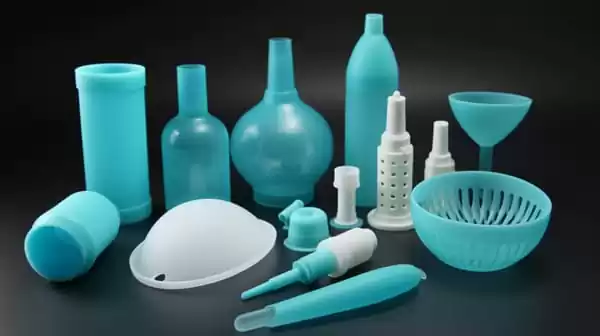
Silicone rubber tableting refers to the pressing process in which silicone rubber materials are pressed into shape by placing them in a tablet press. Silicone rubber vulcanizes at high temperatures to form a solid, which then gradually cools to room temperature. This process requires controlling pressure and vulcanization time to ensure the quality of the product.
Therefore, the manufacturing of silicone rubber keyboards embodies a delicate balance and is a synthesis of art and science. Control of pressure and vulcanization time demonstrates the potential of the material, unlocking its full functionality. This article delves into the core of silicone rubber keyboard production, exploring how these key factors influence the process from raw material to an integral component of industrial electronics. Through this exploration, we aim to shed light on the complex processes that ensure silicone rubber keyboards continue to meet the changing needs of technology and human interaction.

Vulcanization Process: Enhancing Silicone Rubber
Vulcanization is a transformative process crucial to the production of silicone rubber, particularly in the realm of creating resilient and durable silicone rubber keypads. At its core, vulcanization involves the chemical treatment of silicone rubber to enhance its properties through the introduction of cross-links between polymer chains. This process not only elevates the material’s mechanical properties but also its utility across a wide range of industrial applications.
The Importance of Vulcanization
The significance of vulcanization in silicone rubber production cannot be overstated. It is the key to unlocking the material’s full potential, turning a relatively inert polymer into a robust, flexible, and heat-resistant material. Without this critical process, silicone rubber would lack the necessary characteristics that make it so valuable in the manufacture of industrial electronic products, including silicone rubber keypads which require a precise balance of flexibility and durability to function effectively over time.

Role of Curing Agents and Cross-Linking
Curing agents play a pivotal role in the vulcanization process of polymers. These chemical additives initiate the cross-linking reaction that transforms the whole vulcanized rubber compound’s physical and chemical structure. For silicone rubber, platinum catalysts are often used as curing agents due to their ability to promote cross-linking at controlled temperatures, resulting in a material that is both strong and elastic.
Cross-linking is the formation of chemical bonds between the two liquid silicone rubber polymer chains. This cross linked of process is directly responsible for the improved mechanical properties of vulcanized silicone rubber products, such as increased tensile strength, enhanced tear resistance, and greater elasticity. These properties are crucial in silicone rubber keypads, which must withstand repeated pressing and bending without losing their shape or functionality.
Impact of Vulcanization Time and Temperature on Product Quality
The vulcanization of silicone rubber is a delicate balance of time and temperature. The correct vulcanization time is critical for ensuring that the material achieves its optimal mechanical properties. Too little time, and the rubber may remain under-vulcanized, leading to a product that is too soft and lacks durability. Conversely, over-vulcanization, caused by excessive time under heat, can make the rubber too hard and brittle, diminishing its elasticity and resilience.
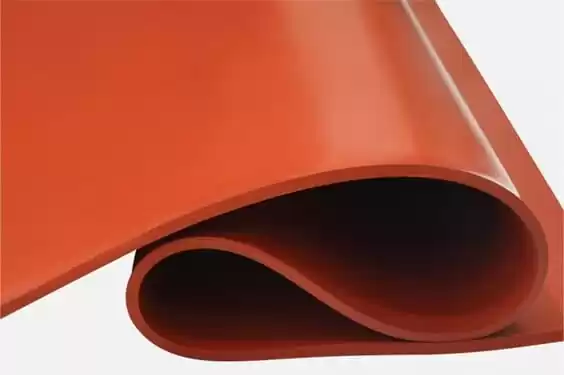
Temperature, likewise, plays a crucial role in the vulcanization process. The heat must be sufficient to activate the curing agent and facilitate cross-linking but controlled at high glass transition temperature to prevent degradation of the rubber material. This precise control of temperature ensures that the silicone rubber achieves the desired properties for high-quality keypads, capable of enduring the rigors of frequent use while maintaining their tactile responsiveness and structural integrity.
In summary, the vulcanization process is fundamental to enhancing the properties of silicone rubber, making it an indispensable method in the production of high-quality silicone rubber keypads. Through the judicious use of curing agents and the careful control of time and temperature, manufacturers can produce silicone rubber keypad components that meet the stringent requirements of industrial electronic products, combining durability with exceptional performance.
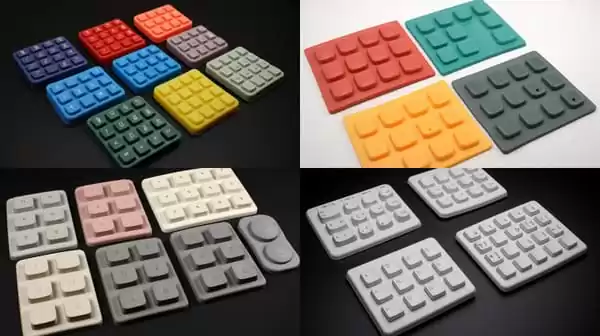
Optimizing Pressure and Temperature
In the intricate process of manufacturing silicone rubber keypads, the optimization of pressure and temperature stands as a critical phase. This stage not only influences the final product’s quality but also its functionality and lifespan. Achieving the desired thickness, uniformity, and mechanical properties requires a nuanced understanding of how pressure and temperature interact during continuous phase of the molding and vulcanization processes.
Importance of Precise Pressure Control
The application of pressure within the mold cavity is a determinant factor in the production of silicone rubber keypads. Precise pressure control ensures that the silicone rubber material evenly fills the mold, capturing the intricate details of the silicone keypad itself’s design. This uniform distribution is essential for silicone keypads for several reasons:
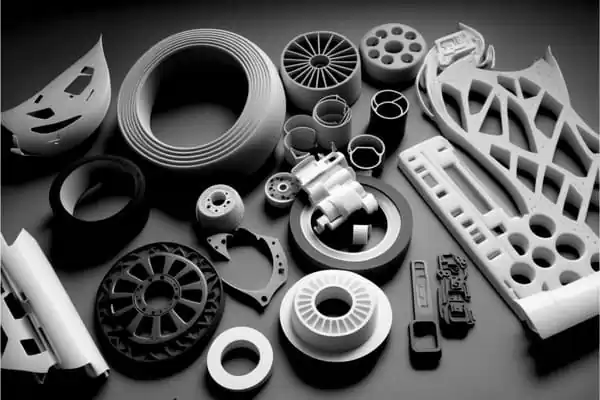
Thickness and Consistency: Adequate pressure ensures that each segment cross section of the keypad reaches the intended thickness, contributing to a consistent tactile feel across all keys.
Elimination of Air Bubbles: Applying the correct pressure helps in expelling any trapped air from the silicone material, preventing defects that could impair the keypad’s structural integrity, tactile response and aesthetic appearance.
Uniformity: Consistent application of pressure across the compression molding cavity guarantees that all parts of the keypad have uniform mechanical properties, essential for reliable operation.
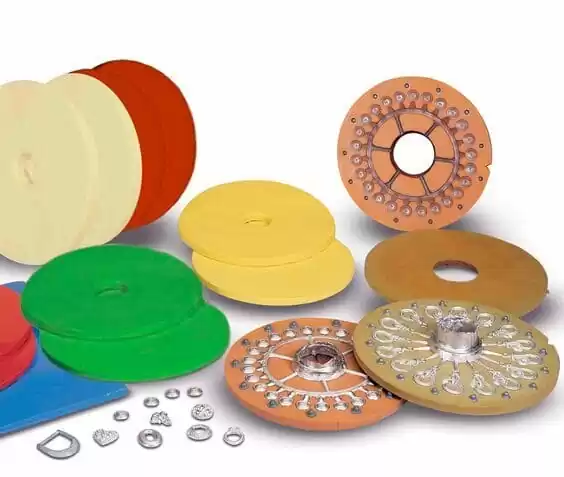
Temperature Management in Vulcanization
Temperature plays a dual role in the curing times the vulcanization of silicone rubber, affecting both the speed of curing and the quality of the final product. Proper temperature management is vital for the rubber switch several reasons:
Balancing Curing Speed: The vulcanization process of silicone rubber keypad must proceed at a pace that allows for complete cross-linking without rushing. An adequately controlled temperature ensures that curing occurs uniformly, giving the silicone rubber keypad its desired mechanical properties.
Preventing Material Degradation: Excessive heat can degrade the silicone rubber, leading to a loss of elasticity, decreased tensile strength, and overall deterioration of the material. Managing the temperature carefully during vulcanization prevents such degradation, preserving the keypad’s quality and longevity.
Optimal Mechanical Properties: The right temperature settings ensure that the silicone rubber achieves its optimal mechanical properties, such as flexibility, durability, and resistance to environmental factors. These properties are crucial for the functionality and reliability of silicone rubber keypads in various applications.
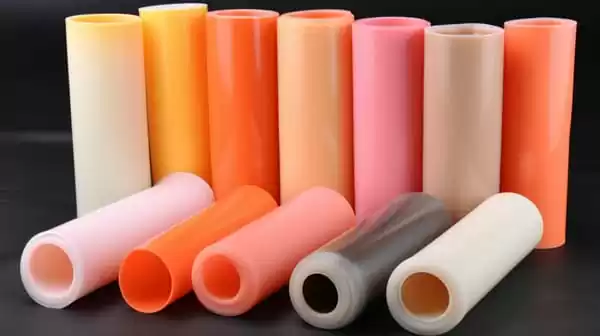
Control stress
The characteristic of silicone rubber material is that it generally is difficult to process and requires sufficient pressure to compact the material during the tableting process. However, excessive pressure can cause the silicone rubber to deform or crack. Therefore, when controlling the pressure of silicone rubber tablets, the following aspects need to be considered:
1. Select the appropriate tablet press and mold
A good tablet press and compression molding that can provide even pressure to the material and reduce the risk of silicone rubber deformation and cracking.
2. Setting of pressure control parameters
The setting of pressure control parameters directly affects the effect of silicone rubber tableting low temperature and high temperature both, and needs to be tested and optimized in a laboratory environment.
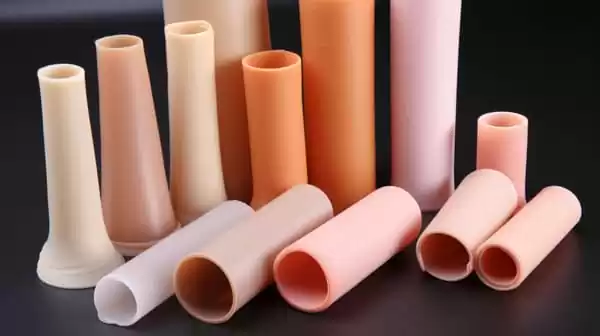
Control vulcanization time
The vulcanization time of silicone rubber refers to the heating and cooling time of the material during the pressing process. Silicone rubber requires sufficient time to set and cure during vulcanization. The specific vulcanization and curing time will vary depending on the material type, color, thickness and shape. Here is how to control the vulcanization time:
1. Setting of heating and cycle time
Good cure time control requires heating and cycle times to be determined based on test results. Heating and cycle times are usually optimized by setting tablet press parameters and injection molding parameters.
2. Control of loading and unloading time
Silicone rubber needs to be loaded and unloaded before heating starts and after the solidification time ends. This process needs to be reasonably controlled to avoid deformation or damage of the silicone rubber.

Conclusion
The journey through the nuanced landscape of manufacturing custom silicone rubber keypads reveals a complex interplay of materials science, precision engineering, and meticulous quality control. At each step, from the initial selection of silicone rubber material to the final stages of vulcanization and surface treatment, a commitment to excellence defines the process. The critical aspects of optimizing pressure and temperature, alongside the transformative vulcanization process, underscore the technological artistry behind each keypad produced.
In conclusion, the manufacturing of high-quality silicone rubber keypads is a sophisticated blend of science and precision, where every detail matters. The industries relying on these components depend on the unwavering commitment of manufacturers to quality, innovation, and continuous improvement. As we look to the future, the ongoing evolution of silicone rubber technology and recent advances in manufacturing techniques promises to further enhance the capabilities and applications of these indispensable components, setting new benchmarks in the field of industrial electronic products.



